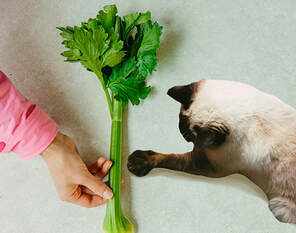
Curious as to whether it’s safe for cats to crunch on celery? The short answer is “yes.” But, as with everything edible, it’s safest in moderation.
Chock-o-block full of fiber, celery helps keep your cat’s digestive tract healthy. Because it’s nearly 95% water, celery is an excellent way of both hydrating your cat and combating paw-tential constipation. Celery also contains such vitamins as A, C and K and various minerals, including folate, iron, magnesium, potassium and sodium. Not only do these assorted nutrients help keep her skin, hair and coat shiny and healthy, they also work together to maintain a strong immune system and brain function. And should she have trouble eating, celery can serve as an effective appetite stimulant.
On the other paw, the downside of consuming too much celery can result in stomach pains, indigestion and diarrhea. Should your cat exhibit any of these signs, immediately stop feeding her celery. While probiotic supplements may help alleviate more minor issues, anything major or especially concerning should promptly be reported to your veterinarian.
Calculating how much celery is best for your favorite feline is fairly simple. Just as with any other “treat,” celery (please serve it finely chopped) should comprise less than 5% of her daily diet. Too many additional treats -- even healthy ones -- can throw off the specially balanced commercial diets most cats depend on.
You can also feed your cat celery leaves -- the leafy tops of the celery stalks. While they may be easier, especially for senior cats or ones with few teeth, remember to chop the leaves up as finely as the stalks themselves. If, however, your cat isn’t crazy about the taste or texture of celery, consider mixing some into her food or sprinkling it over her food as a topper.
Another option is feeding cooked celery to your cat. Since, like many other vegetables, celery loses the majority of its nutrients through the cooking process, raw celery remains the optimal choice. But whether it’s raw or cooked, always remember to clean the celery – stocks and leaves -- thoroughly before serving it to your cat.
Celery, therefore, with its bounty of vitamins and minerals, can, when served in moderation, make a healthy, lip-smacking snack for most feline fanciers’ furry friends.
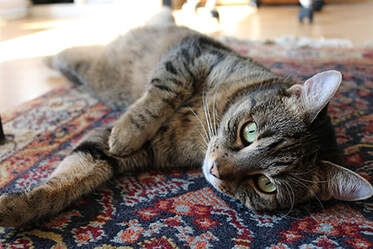
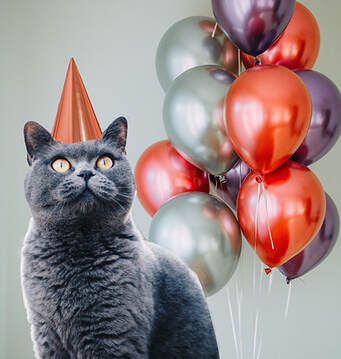

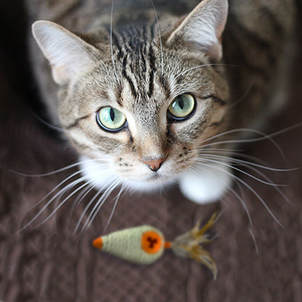
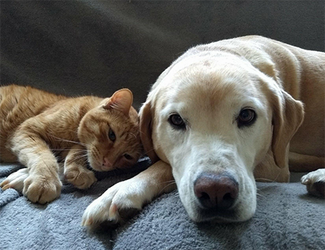










 RSS Feed
RSS Feed